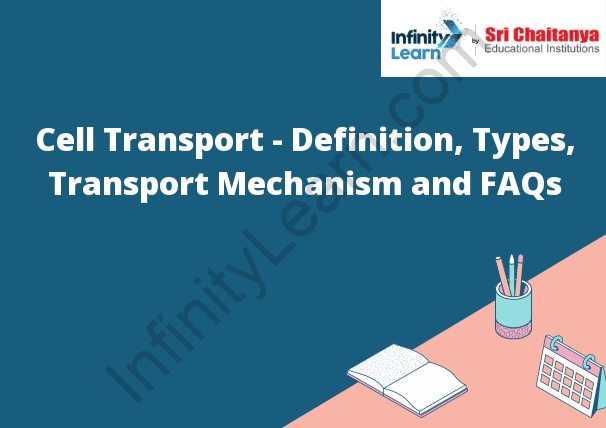Table of Contents
What is Cell Transport?
Cell transport is the movement of molecules across the plasma membrane of a cell. The plasma membrane is a semipermeable membrane that allows some molecules to pass through while blocking others. Cell transport is a process that allows the cell to obtain the nutrients it needs and to get rid of wastes. There are three types of cell transport: passive, facilitated, and active.

Types of Active Transports
There are three types of active transport:
1) Diffusion: This is the most common type of active transport and occurs when particles move from an area of high concentration to an area of low concentration. This is a passive process and does not require any energy.
2) Carrier-mediated transport: This type of transport occurs when particles are transported across a cell membrane by special proteins called carriers. These proteins bind to the particles and then escort them across the membrane. This is an active process and requires energy.
3) Pump-mediated transport: This type of transport occurs when particles are transported across a cell membrane by special proteins called pumps. These proteins use energy to transport the particles across the membrane.
Transport Mechanism Across Cell Membrane
The transport of molecules across a cell membrane is a complex process that is controlled by proteins in the membrane. There are several different types of transport, each of which is mediated by a different set of proteins.
The most common type of transport is passive transport, which does not require any energy. This type of transport is driven by the concentration gradient of the molecule, with the highest concentration on the inside of the cell and the lowest concentration on the outside. The molecules move across the membrane through a process of diffusion, which is the random movement of molecules from an area of high concentration to an area of low concentration.
Active transport is a type of transport that requires energy, usually in the form of ATP. This type of transport is driven by the concentration gradient of the molecule, with the highest concentration on the outside of the cell and the lowest concentration on the inside. The molecules move across the membrane through a process of transport, which is the movement of molecules against their concentration gradient.
There are several different types of active transport, including transport proteins, ion pumps, and channel proteins. Each of these proteins uses a different mechanism to move molecules across the membrane.







